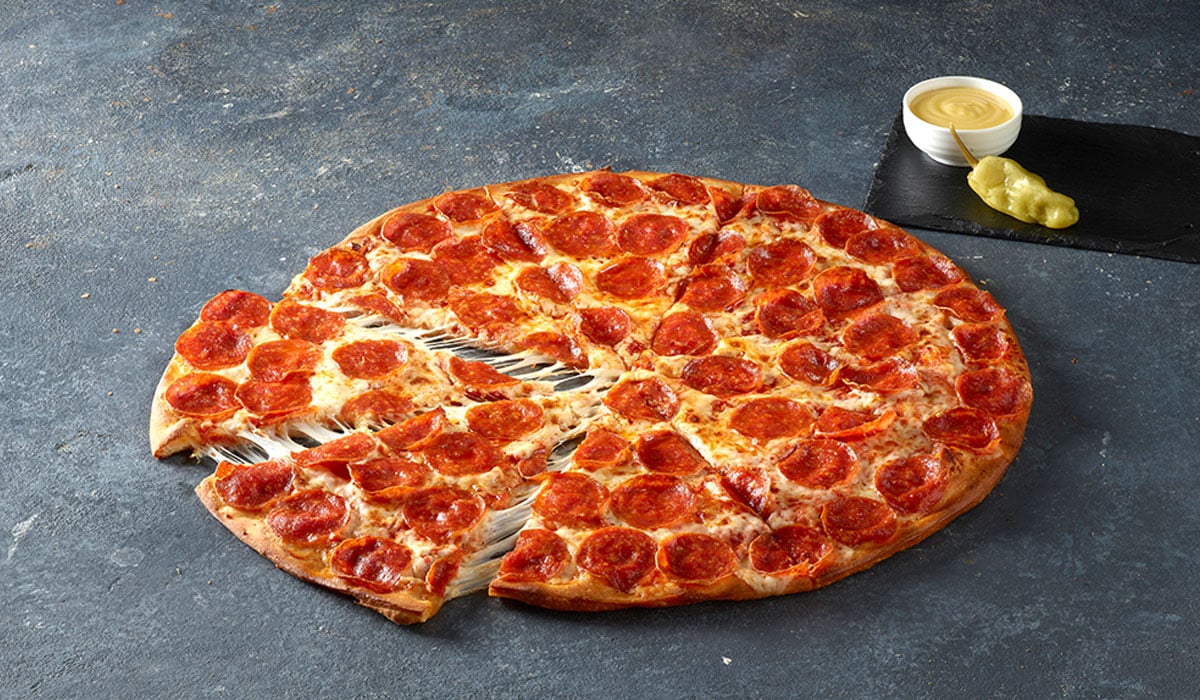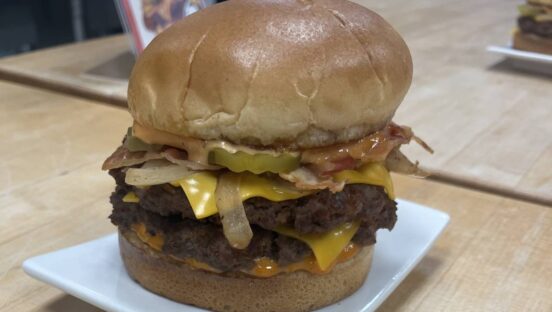In an effort to gain insight into Americans’ sushi-eating habits, Pei Wei Asian Diner partnered with strategic consultancy firm Kelton to create and disseminate a sushi-focused survey. Specifically the survey sought to know how many people had tried sushi, how many had not, and how many would be open to trying it.
The online survey included results from a nationally represented sample of 1,012 Americans 18 and older, and its findings informed Pei Wei’s next steps in sushi menu development.
Julie Elkinton, Pei Wei’s chief brand officer, says that of the 32 percent of Americans who had not tried sushi, more than three out of five were willing to try it. “Forty-four percent of these folks would start eating sushi if they were able to take baby steps, such as by not eating raw fish right away,” Elkinton says.
Pei Wei used these indicators to determine the menu ingredients, create a more innovate cuisine, and improve the customer experience. The results informed Pei Wei’s newest rolls, the Teriyaki Crunch Roll and the Wasabi Crunch Roll. Crunchy tempura flakes, sweet teriyaki sauce, and wasabi aioli top both rolls, which come with traditional sushi sides of wasabi, ginger, and soy sauce. The Crunch Rolls join Pei Wei’s two original sushi options, the Spicy Tuna Roll and the Mango California Roll.
The Pei Wei leadership timed the release of the survey results to coincide with the introduction of its sushi Crunch Rolls, which are available for a limited time.
“The first two rolls that we came out with were ones that were just a little bit more approachable for people who hadn’t tried sushi before, and that’s kind of our direction going forward,” says Pei Wei CEO Ralph Bower. The new Crunch Rolls have notably impacted Pei Wei’s success in the sushi niche.
“In less than a year, sushi has become the No. 1 selling, non-wok–made dish on our menu,” Bower says. “It surpassed lettuce wraps as a side, and it’s really a big part of our business today.”
The dish’s spike in popularity at Pei Wei reflects national sushi trends.
Rachel Kalt, senior strategist at restaurant consulting firm The Culinary Edge, says that in the past three to five years sushi has begun appearing in grocery stores and fast-casual concepts. “What sushi as a form lends to the fast-casual segment is it’s inherently portable and convenient,” she says.
Pei Wei’s consumer response aligns with increased its sushi sales. Consumers who are seeking fresh, affordable options, consider sushi ideal as a light meal or complement to entrées or salads, Elkinton says. Pei Wei offers four rolls for $3 to $4 or eight rolls for $6 to $7—prices that are comparable to other fast casuals that serve sushi.
Kalt says Pei Wei’s competitive pricing supports its goal of attracting sushi newbies.
“The price point is very value driven, which is a nice antidote to classic sushi,” she says. “[Pei Wei is] offering people who have never had sushi to try something at a price that affords a pretty low barrier to entry.”
Bowers echoes the sentiment. Consumers who have never tried sushi before are unlikely to seek the exotic options that most sushi concepts promote, Bowers says.
As fast-casual restaurants continue experimenting with sushi, Kalt suggests they examine the fundamental purpose of their brand before taking sushi too far.
“Sushi is like any platform: It should fulfill a larger menu strategy. Thinking about whether or not it has validity on a menu really goes back to … the core strategy that your menu fulfills,” Kalt says. “When it comes to sushi at Pei Wei, it’s clearly fulfilling a need. It’s a fresh, portable, convenient item for them that isn’t necessarily fulfilled by their wok dishes.”
While Bower can’t comment in detail on unique sushi offerings coming to Pei Wei during the remainder of 2015, he says one thing is for certain: “Sushi is now a permanent menu item for us. It’s here to stay.”













